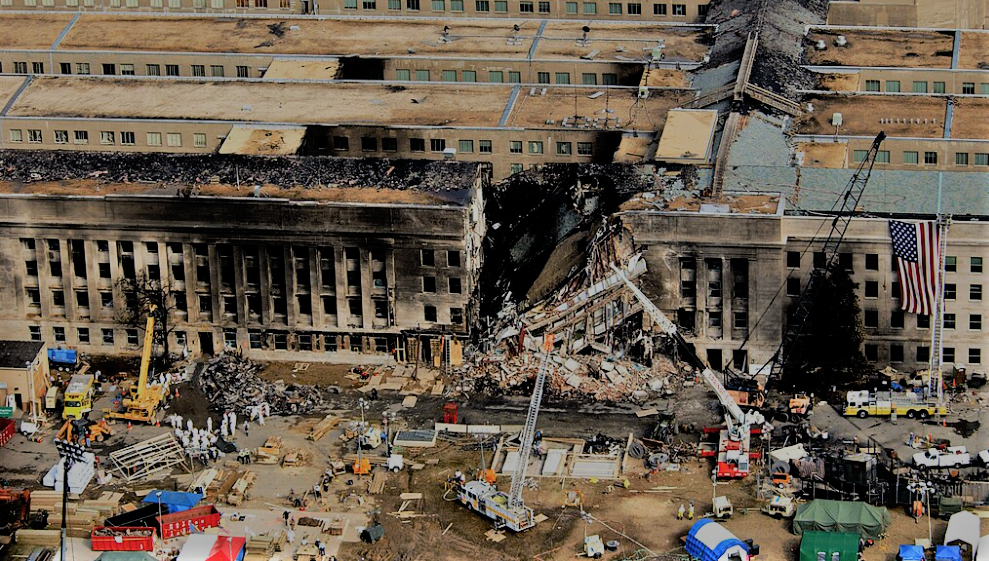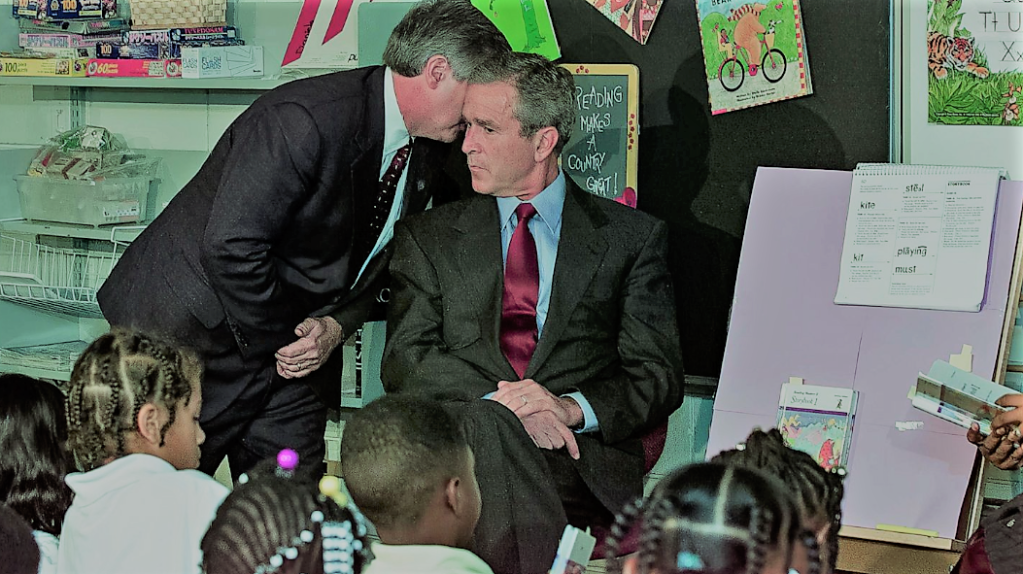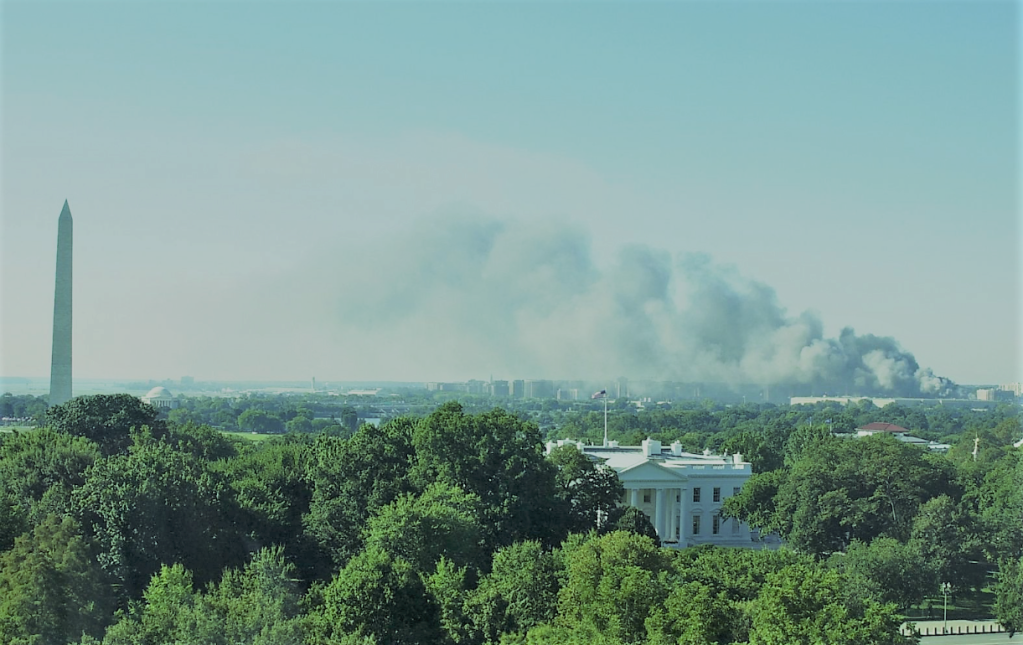
Today marks the 24th anniversary of Putin as President of Russia. Yes, he did step down at one stage to take the prime minister role, but let’s not kid ourselves—this was only to bypass the Russian constitution.
Proud to be a strong leader and keep his country safe, he has us look at—how safe Russia actually has been over the last 24 years.
In the early 2000s, Chechen militants staged several major terrorist attacks as Russia waged a second war to defeat a separatist movement in Chechnya. In October 2002, dozens of Chechen gunmen seized a crowded Moscow theatre, taking more than 750 people hostage and killing at least 170 persons.
In September 2004, Chechen militants swept into a school in Beslan, a city in the North Caucasus, taking more than 1,000 people hostage, including 770 children, and rigging the building with explosives. More than 330 hostages — including 186 children—died in the battle, leading the European Court of Human Rights to decide over a decade later that the Russian authorities had violated European human rights law in their handling of the siege. The Kremlin rejected the conclusion.
The 2006 Moscow market bombing occurred on 21 August 2006, when a self-made bomb with the power of more than 1 kg of TNT exploded at Moscow’s Cherkizovsky Market, frequented by foreign merchants. The bombing killed 13 people and injured 47. In 2008, eight members of the neo-Nazi organization—The Saviour—were sentenced for their roles in the attack.
In March 2010, two women carried out suicide bombings. They aligned themselves with the Caucasus Emirate and Al-Qaeda. This terrorist attack happened during the morning rush hour on 29 March 2010, at two stations of the Moscow Metro (Lubyanka and Park Kultury), with roughly 40-minute intervals between. At least 38 people lost their lives, and more than 60 injured.
The Domodedovo International Airport bombing was a suicide bombing in the international arrival hall of Moscow’s Domodedovo International, in Domodedovsky District, Moscow Oblast, on 24 January 2011.
The bombing killed 37 people and injured 173 others, including 86 hospitalised. Of the casualties, 31 died at the scene, three later in hospitals, one en route to a hospital, one on 2 February after having been put in a coma, and another on 24 February after being hospitalised in grave condition.
In December 2013, two separate suicide bombings a day apart targeted mass transportation in the city of Volgograd, in the Volgograd Oblast of Southern Russia, killing 34 people overall, including both perpetrators who were aligned to Caucasus Emirate and Vilayat Dagestan. The attacks followed a bus bombing carried out in the same city two months earlier.
On 21 October 2013, a suicide bombing took place on a bus in the city of Volgograd, in the Volgograd Oblast of Southern Russia. The attack accomplished by a female perpetrator named Naida Sirazhudinovna Asiyalova (Russian: Наида Сиражудиновна Асиялова) was converted to Islam by her husband, she detonated an explosive belt containing 500–600 grams of TNT inside a bus carrying approximately 50 people, killing seven civilians and injuring at least 36 others.
On 5 October 2014, a 19-year-old man named Opti Mudarov went to the town hall where an event was taking place to mark Grozny City Day celebrations in Grozny coinciding with the birthday of Chechen President Ramzan Kadyrov. Police officers noticed him acting strangely and stopped him. The officers began to search him, and the bomb which Mudarov had been carrying exploded. Five officers, along with the suicide bomber, were killed, while 12 others were wounded.
On 4 December 2014, a group of Islamist militants, in three vehicles, killed three traffic policemen, after the latter had attempted to stop them at a checkpoint in the outskirts of Grozny. The militants then occupied a press building and an abandoned school located in the centre of the city. Launching a counter-terrorism operation, security forces, with the use of armoured vehicles, attempted to storm the buildings and a firefight ensued. 14 policemen, 11 militants and 1 civilian were killed. Additionally, 36 policemen were wounded in the incident. The Press House was also burned and severely damaged in the incident.
Metrojet Flight 9268 was an international chartered passenger flight operated by Russian airline Kogalymavia (branded as Metrojet). On 31 October 2015 at 06:13 local time EST (04:13 UTC), an Airbus A321-231 operating the flight disintegrated above the northern Sinai following its departure from Sharm El Sheikh International Airport, Egypt, in route to Pulkovo Airport, Saint Petersburg, Russia. All 217 passengers and seven crew members who were on board were killed.
Shortly after the crash, the Islamic State of Iraq and the Levant (ISIL)’s Sinai Branch, previously known as Ansar Bait al-Maqdis, claimed responsibility for the incident, which occurred in the vicinity of the Sinai insurgency. ISIL claimed responsibility on Twitter, on video, and in a statement by Abu Osama al-Masri, the leader of the group’s Sinai branch. ISIL posted pictures of what it said was the bomb in Dabiq, its online magazine.
By 4 November 2015, British and American authorities suspected that a bomb was responsible for the crash. On 8 November 2015, an anonymous member of the Egyptian investigation team said the investigators were “90 percent sure” that the jet was brought down by a bomb. Lead investigator Ayman al-Muqaddam said that other possible causes of the crash included a fuel explosion, metal fatigue, and lithium batteries overheating. The Russian Federal Security Service announced on 17 November that they were sure that it was a terrorist attack, caused by an improvised bomb containing the equivalent of up to 1 kilogram (2.2 lb) of TNT that detonated during the flight. The Russians said they had found explosive residue as evidence. On 24 February 2016, Egyptian President Abdel Fattah el-Sisi acknowledged that terrorism caused the crash.
On 3 April 2017, a terrorist attack using an explosive device took place on the Saint Petersburg Metro between Sennaya Ploshchad and Tekhnologichesky Institut stations. Seven people (including the perpetrator) were initially reported to have died, and eight more died later from their injuries, bringing the total to 15. At least 45 others were injured in the incident. The explosive device was contained in a briefcase. A second explosive device was found and defused at Ploshchad Vosstaniya metro station.
The suspected perpetrator was named Akbarzhon Jalilov, a Russian citizen who was an ethnic Uzbek born in Kyrgyzstan. Before the attack, Chechen separatists had been responsible for several terrorist attacks in Russia. In 2016, ISIS had plotted to target St. Petersburg due to Russia’s military involvement in Syria, resulting in arrests. No public transport system in Russia has been bombed since the 2010 Moscow Metro bombings. ISIS propaganda was being circulated prior to this incident. It encouraged supporters to launch strikes on Moscow. ISIS propaganda showed bullet holes through Putin’s head and a poster circulated before the attack of a falling Kremlin and included the message “We Will Burn Russia.”
On 22 April 2017, two people were shot and killed in an attack on a Federal Security Service office in the Russian city of Khabarovsk. The gunman was also killed. The Russian Federal Security Service said that the native 18-year-old perpetrator was a known member of a neo-Nazi group.
On 27 December 2017, a bomb exploded in a supermarket in St Petersburg, injuring thirteen people. Vladimir Putin described this as a terrorist attack.
On March 13, 2019, two perpetrators attacked Federal Security Service (FSB) officers with automatic weapons and grenades when stopped for questioning in Stavropol of the Shpakovsky district. Both perpetrators were killed in the confrontation. Later, Russian authorities reported they were planning a terrorist attack—in accordance with their affiliation with ISIS.
On 8 April 2019, ISIS (claimed to have) set off an explosion at Kolomna, a city near Moscow. The attack did not result in any casualties.
On 1 July 2019, ISIS claimed responsibility for an attack on a police officer at a checkpoint in the Achkhoy-Martonovsky district of Chechnya, who was stabbed to death. The attacker was shot and killed as he threw a grenade at the other officers.
On 19 December 2019, someone living in the Moscow region opened fire near the FSB headquarters in Moscow and caused six casualties; two killed and four wounded. Subsequently, the shooter, later identified as Yevgeny Manyurov, a 39-year-old ex-security guard, was killed onsite.
On 26 September 2022, about 600 miles east of Moscow, a gunman attacked a school in the city of Izhevsk, killing 15 people, in what the Kremlin called a terrorist attack. The authorities said the attacker, who had been armed with two pistols, “was wearing a black top with Nazi symbols and a balaclava” and was not carrying any ID.
On 2 April 2023, a bombing occurred in the Street Food Bar No.1 café on Universitetskaya Embankment in Saint Petersburg, Russia. Russian military blogger Vladlen Tatarsky, real name Maxim Fomin, died as a result of the explosion and 42 people were injured, 24 of whom were hospitalized, including six in critical conditions
On 22 March, a group of four gunmen of IS-KP, also known as ISIS-K, opened fire on the public and then set fire to the Crocus City Hall music venue in Krasnogorsk city, on the Western edge of Moscow. ISIS-K has claimed responsibility, killing at least 132 people.
This brings the total to about 1022, which is approximately 42 deaths per year since Putin came to power. I am not even counting the deaths his “safeguarding” has caused due to the Ukrainian war.
He was recently elected again for another 6 years, doing the math there will be another 252 deaths, I am wondering if the voters in Russia realize that anyone could be next in line to die because of Putin’s law and order.
Sources:
https://en.wikipedia.org/wiki/Terrorism_in_Russia#21st_century


























 He had spent 25 years as director of communications for Pan Am and joined the wire service in 1984. He was survived by his wife Josephine, daughter Siobhan and son Brendan.
He had spent 25 years as director of communications for Pan Am and joined the wire service in 1984. He was survived by his wife Josephine, daughter Siobhan and son Brendan.




You must be logged in to post a comment.